Increasing Pupil and Parental Engagement at St Mark’s with Twitter
In St. Mark’s, we have been working hard to increase parental engagement and maintain relationships with our families during school closure. Twitter has been a great tool for us to celebrate the achievements of our pupils and stay connected to our families.
Teachers have shared examples of good work that has been submitted on Google Classroom and we have tweeted them from our school account to celebrate their success. Mr Hutcheson used examples of tweets from parents in his virtual assembly to highlight the excellent work that was taking place at home to all pupils.
PE, STEM and art challenges set by teachers on Google Classroom have been some of our most popular tweets, the creativity and enthusiasm of our pupils has been exceptional. We have also set a variety of challenges for our pupils and families and have observed a noticeable increase in engagement with these over time. The most recent Getty Museum Challenge has been fantastic and has again highlighted how creative our pupils and staff are:
Feedback from parents/carers regarding the use of Twitter to stay connected with our learners has been extremely positive and, in some cases, has helped to increase engagement with Google Classroom. Sharing examples of their learning in this way has helped to motivate pupils to attempt more activities and has had a positive impact on their confidence and enthusiasm for learning.

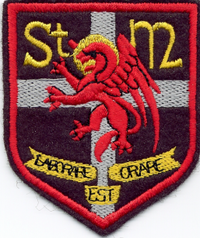
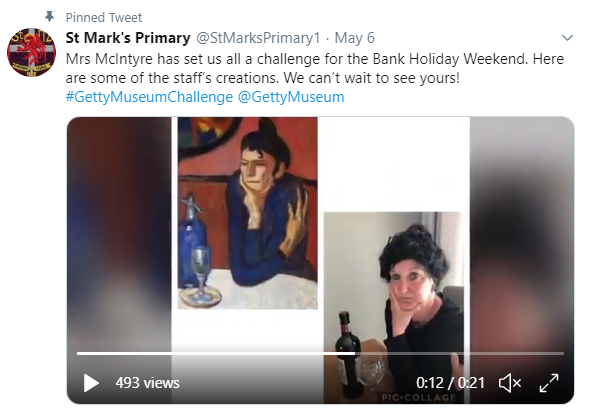

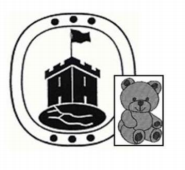
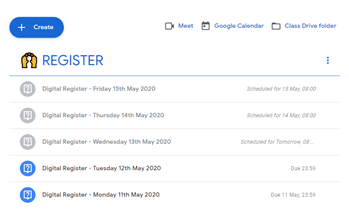
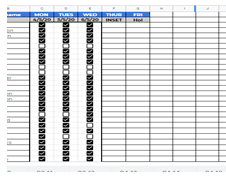
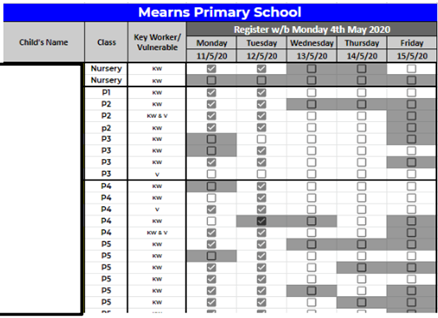
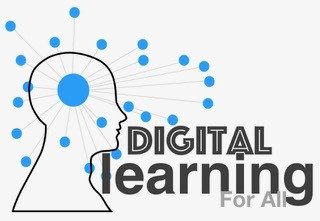
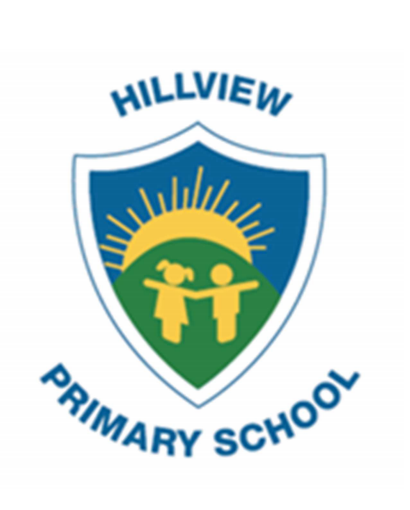
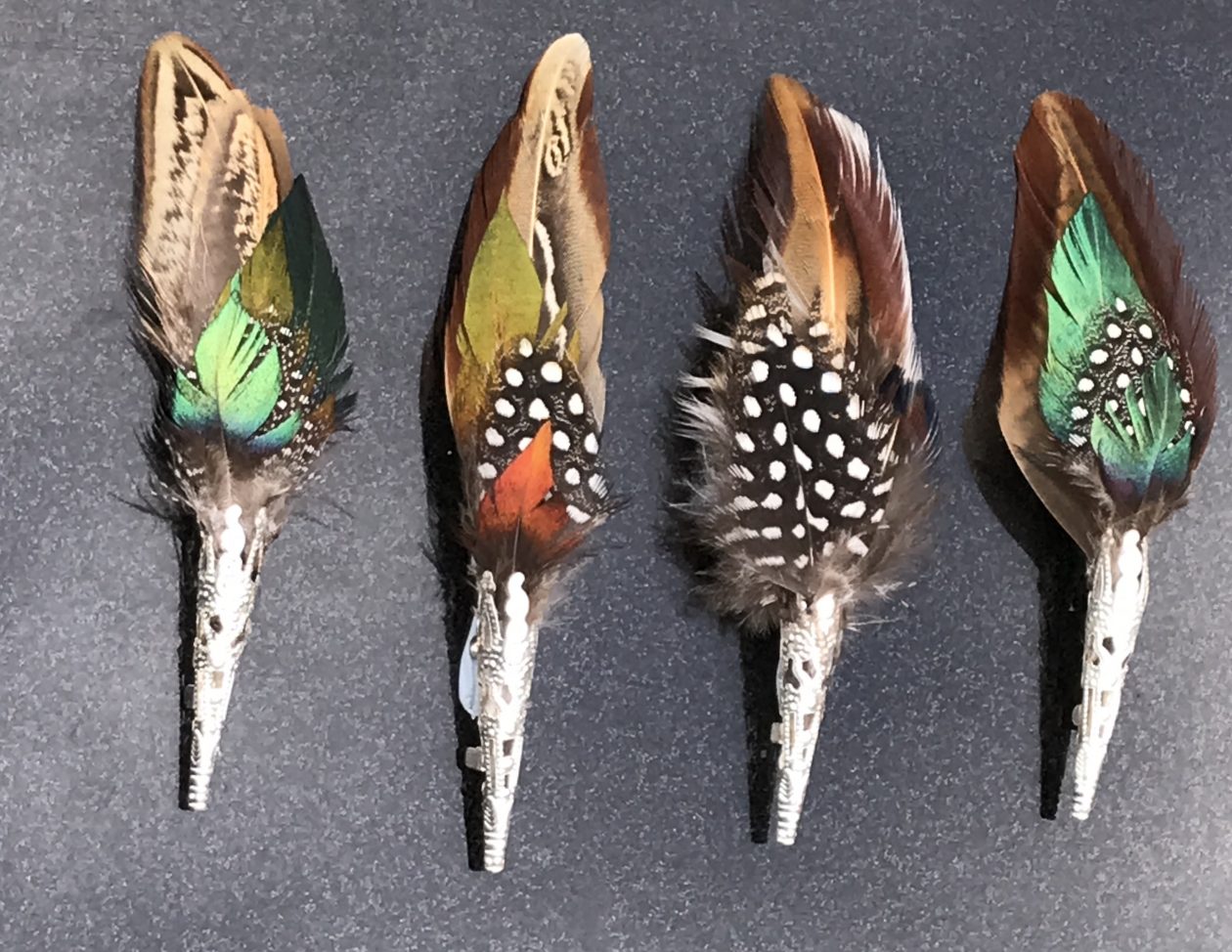
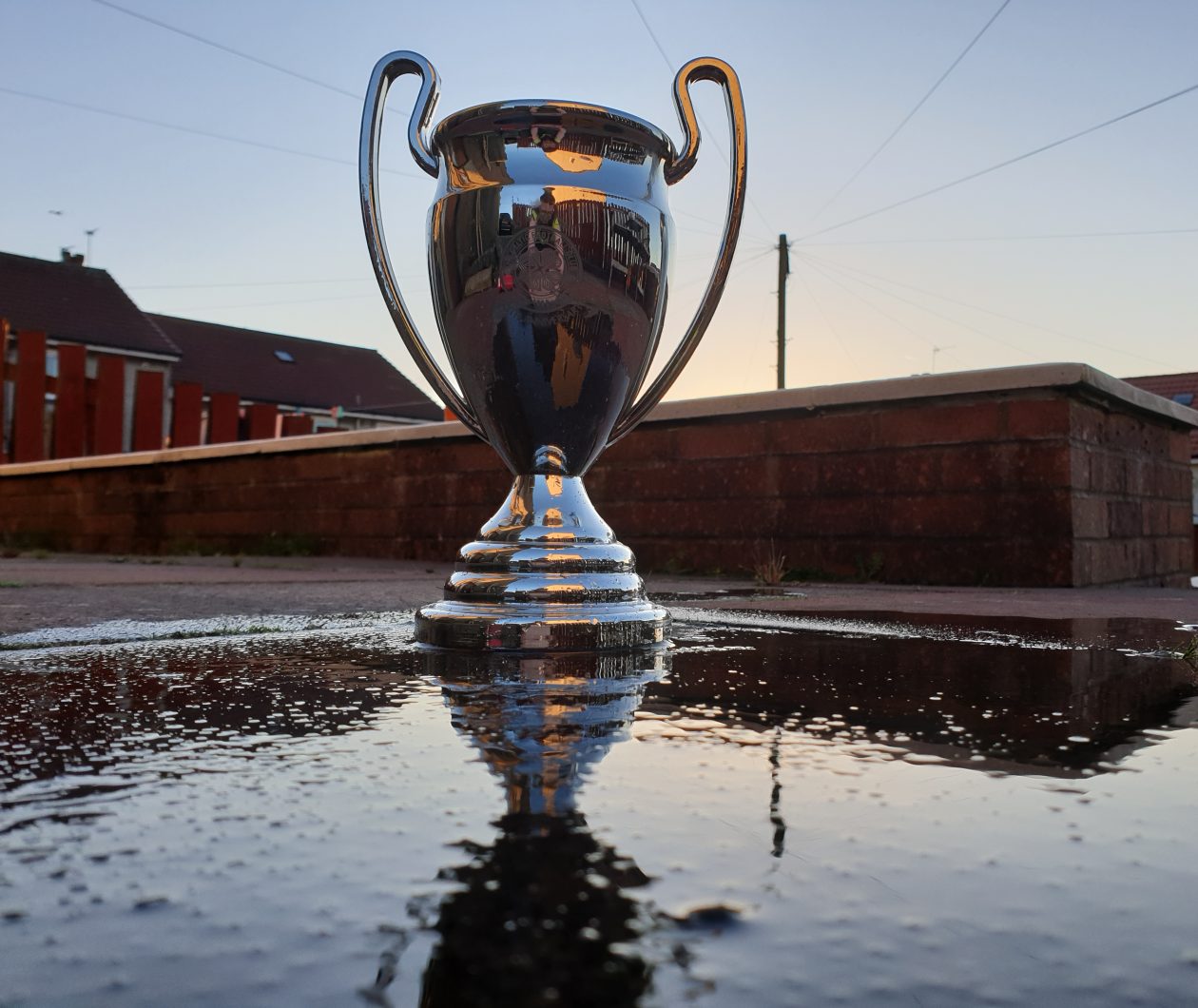

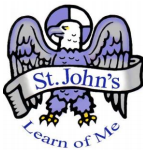
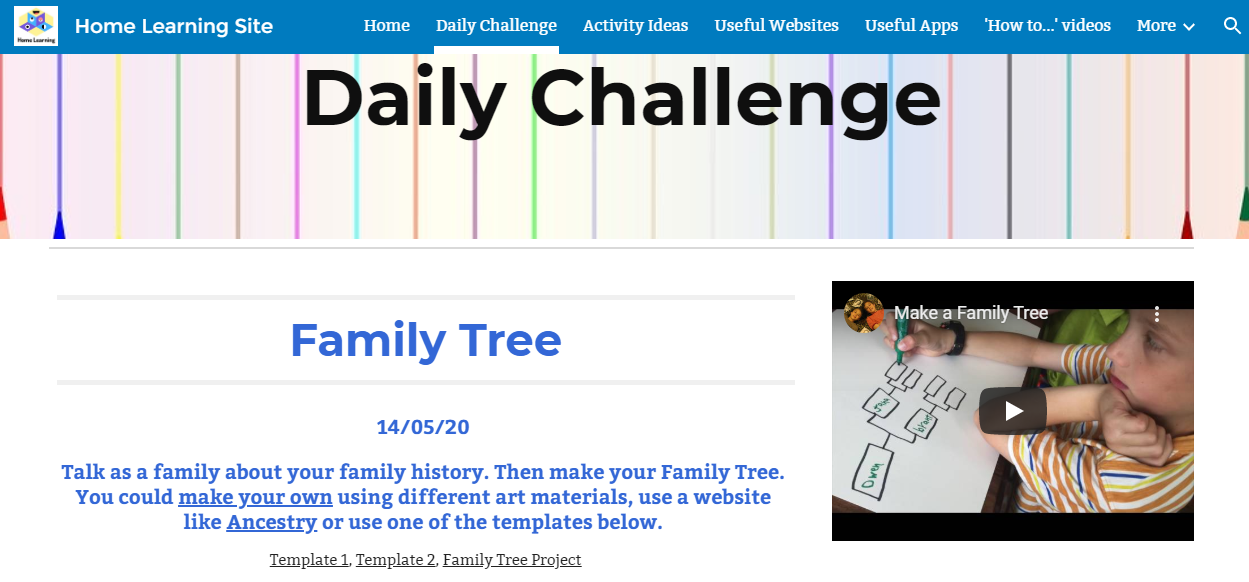
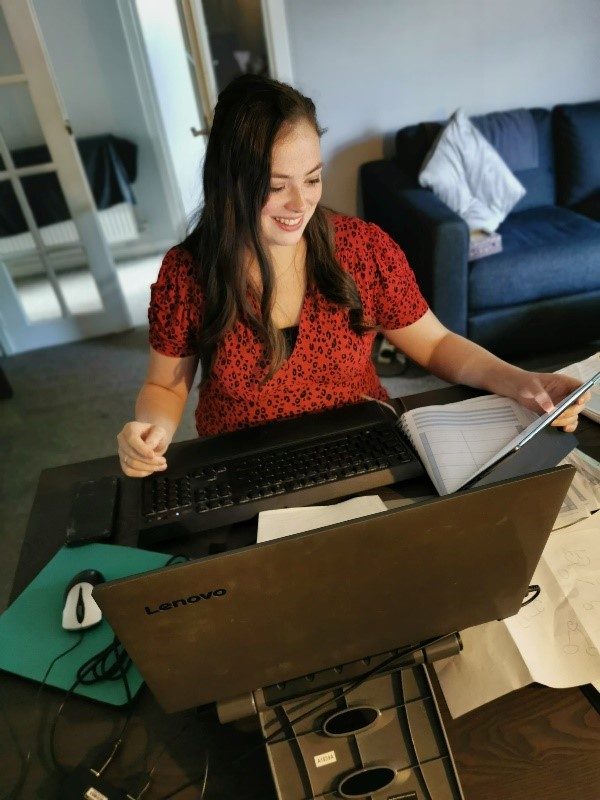
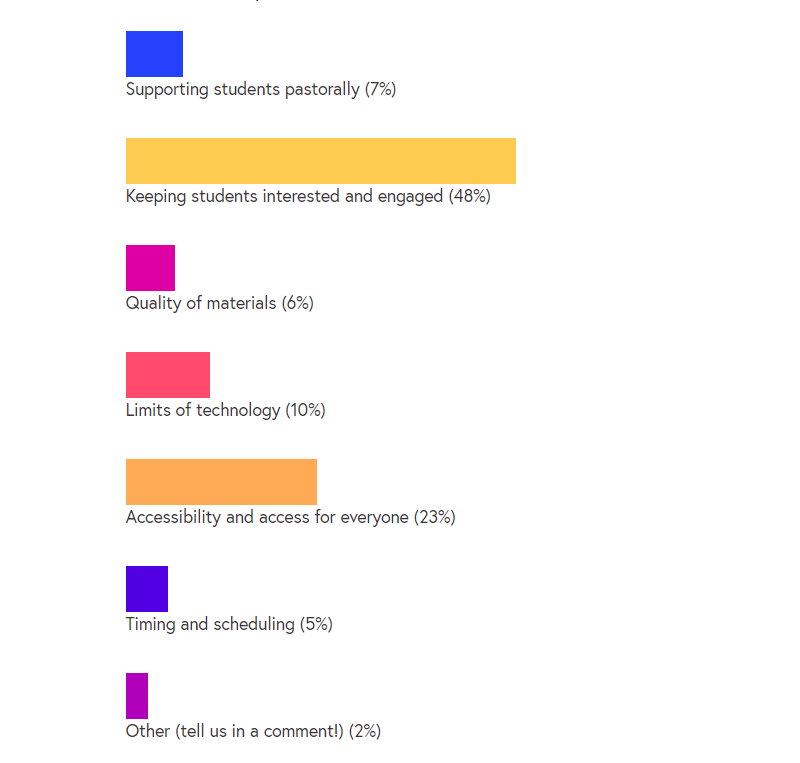
 Using Google Classroom Data to Gauge Engagement
Using Google Classroom Data to Gauge Engagement 
You must be logged in to post a comment.